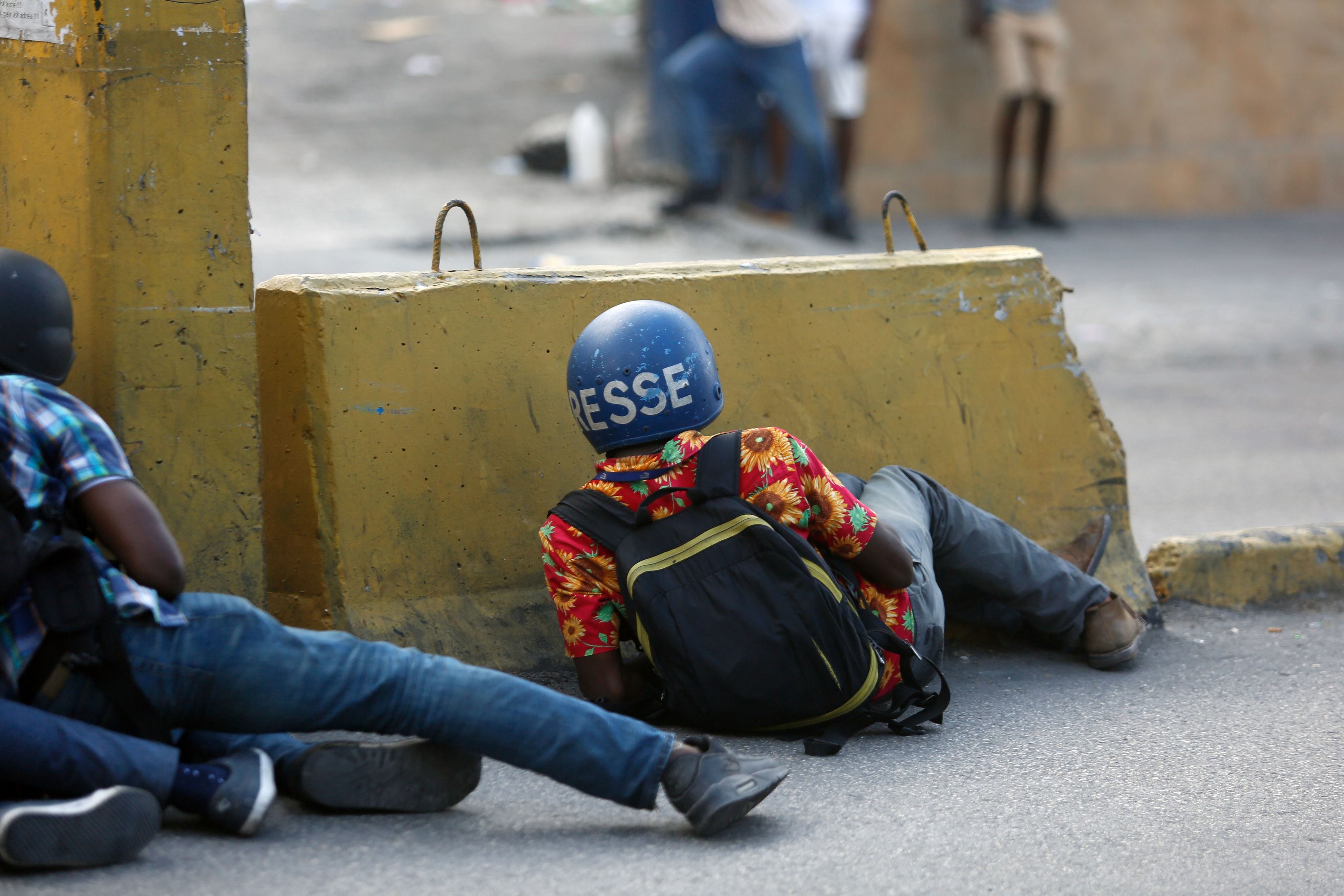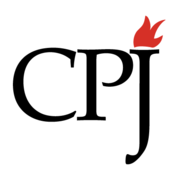Essential rule: life and integrity come first
Click here to read in Portuguese.
General Principles
Life and integrity come first. If the environment becomes unpredictable, retreat. No reporting is worth an injury.
Planning and risk assessment before each outing (scenario, hostile actors, routes, legal and weather risks; mitigation measures). Use a checklist and contact protocol (“check-in/out”).
Team briefing and clear roles (lead reporter, support, driver/fixer, remote focal point). Record in the risk plan.
Coverage of Environmental Crimes (field and remote areas)
Map illegal actors and economies (gold mining, logging, illegal fishing) and avoid moving without a reliable local guide/fixer; arrive discreetly, without displaying expensive equipment.
Routes, schedules, and exfiltration. Prioritize daylight, areas with a signal, and meeting points. Have plan B/C.
Low profile: neutral clothing, “press” vest only when it adds protection (not in areas controlled by criminals).
Emergency contact: set a reference person + checking times; if missed, trigger protocol (call, track, local authorities).
Heightened risks and trends: environmental journalists face intimidation, surveillance, and lawsuits; nearly 40% reported global threats. Plan mitigation (prior legal review, secure communication, pairs in the field).
Coverage of Protests and Political Events
Before: study the terrain, exits, police behavior, and hostile groups; prepare PPE kit (goggles, mask, helmet, closed shoes) and journalist ID card.
If necessary, omit ID credential. The reporter must be able to analyze whether the public is likely to reject the media outlet for which they work.
During: keep distance from confrontation lines; identify strategically; work in pairs; avoid being trapped between police and protesters.
After: leave the area calmly; conduct an operational “debrief” (what worked/failed) and report incidents to protection organizations.
Digital Security (before/during/after)
Devices: up to date, disk encryption, strong passwords + 2FA; “clean” laptops/phones in hostile areas.
Communications: use end-to-end encrypted messaging; agree on code words for emergencies; avoid open Wi-Fi networks.
OpSec with sources: assess who wants to discover the source’s identity, their technical ability; if necessary, prefer in-person meetings without electronics.
Personal data and LGPD (data protection law): minimize collection and retention; store only what is necessary for reporting; protect databases with access controls.
Legal Safety and Judicial Harassment
Legal pre-check for sensitive pieces (especially involving companies/politicians). Document due diligence, right of reply, and evidence.
Support network: activate Abraji's Legal Protection Program in cases of lawsuits, threats, and stalking. Keep contacts of standby lawyers.
Incident records: save screenshots, reports, medical certificates, names/witnesses. Report to defense organizations (CPJ, Abraji).
PPE, Logistics, and Documentation
Basic PPE: lightweight helmet, impact-resistant goggles, mask (gas/dust/smoke), gloves, boots, discreet vest, first aid kit (saline, gauze, splints, chemical burn solution).
Field kit: power banks, GPS/satcom (no-signal areas), flashlight, whistle, team ID tape, water/electrolytes.
Identification: press card and printed emergency contacts; consider accident insurance.
Displacement Methodology
Vehicle: fueled, checked, trackable route; avoid unscheduled stops; maintain tail checks (cars following).
Access to territories: only enter with authorization/guide when local authorities/guards are present; avoid overnight stays in areas controlled by criminals.
Source Management and Sensitive Interviews
Informed consent: explain risks; agree on secrecy/anonymity in writing when applicable.
Locations: choose neutral spots with multiple exits; avoid repeating meeting patterns; share location with focal point.
Incident Protocol
Assaults/hostilities: withdraw; notify focal point; seek safe shelter; record ASAP; assess need for police report and medical care.
Detentions: stay calm, identify yourself, do not discuss the content of the piece; request contact with a lawyer; notify Abraji/CPJ.
Mental Health and Post-Incident
Psychosocial debrief after stressful assignments (violence, threats, degrading scenes); normalize breaks and access to specialized support.
Equity and Gender
Specific risks for women and LGBTQIA+ individuals: plan routes/support networks, emergency codes, and safe transportation; establish internal anti-harassment policies; and designate reporting channels.
Governance and Internal Responsibilities
Editor: responsible for approving risk plans, PPE, contacts, and briefings.
Field focal point: monitors check-ins, keeps routes, and triggers protocols.
Periodic trainings: physical, digital, and legal safety (recommended partnerships with Abraji/ICFJ/EJN).
Institutional records: all risk plans, incident,s and debriefs are filed.
Attachments and Useful Readings
CPJ news/alerts on Brazil (risk and censorship/harassment context). (Committee to Protect Journalists)
UNESCO: journalist safety in protests (rights and best practices). (UNESCO Digital Library)
Internews (context on dangers faced by environmental journalists). (Information Saves Lives)
IJNet: digital safety practices and management of sensitive sources. (International Journalists' Network) + Safety & Security for Environmental Journalists
Abraji – “Safety and protection” page and assistance activation. (abraji.org.br)
Note: This guide should be reviewed every six months, with updates to contacts, PPE, and protocols according to lessons learned in the field and new recommendations.






